From extractive to regenerative
En route to yet another meeting on journalism business models in November, I encountered this scene: Reporters and staff standing side-by-side, picketing The New York Times.
It was a stark reminder that, amidst a larger “Great Resignation,” the news industry continues to hemorrhage talent. This isn’t just a happy tale of people quitting their jobs to pursue their side hustle, take control of their time, or launch that sizzling Substack. It’s a story of, well, great resignation. Many reporters who leave have become numb to the fact that their outlets don’t care about them, their audiences don’t trust them, and their prospects are increasingly precarious.
These dynamics reflect a larger critique of the industry as extractive. It starts at the investor level, with hedge funds like Alden Global Capital strip-mining historic newspapers for their assets. It trickles down to managers who need to squeeze more hours out of shrinking staff and freelancers, who have faced new demands and dangers during the pandemic. In turn, it alienates sources and communities, who feel that even when they do interact with reporters, their stories are being told poorly or not at all.
How can news leaders and outlets staunch the wound? One way is to take a page from environmentally minded designers who are focusing on taking a “regenerative” approach. Regenerative industries and processes focus on developing self-renewing systems that take both natural and human resources into account. They recognize that both are finite, and that healthy ecosystems are based on interdependence. They move beyond the frame of “sustainability” into a mode of “circular design,” which posits that nurturing the wellbeing of both employees and communities can in turn strengthen businesses and products.
At the Guild of Future Architects (GoFA), we have been exploring these concepts through our New/s initiative — a three-year project funded by the Ford Foundation to support diverse journalism innovators.
This fall, we launched our pilot New/s Incubator to support two project teams led by Tayyib Smith and Erin Washington. They were selected from a set of proposals submitted by GoFA members — who number more than 200 to date and come from a variety of disciplines and lived experiences. With program manager Evan Blaine Walsh and advisor Christie George, we’re designing it as a space for peer learning, with other members stepping up to lead and contribute to various programs.
Here are some possible futures this incubator is exploring that reveal how the industry can move into a more regenerative mode. While these might sound idealistic, they represent trends already in motion:
- Outlets will own up to their histories and offer concrete steps for reporting more responsibly.
- Funders will acknowledge the power dynamics at play in their choices about who’s worth supporting and how.
- Investors will step up to the plate to support BIPOC-led media.
We are also learning that it’s all too easy to blame those in power and give away agency in the process. To move forward, journalists will start to:
- Recognize themselves as workers to sidestep the vulnerabilities of being driven by vocation.
- Understand that they are active citizens in a faltering democracy rather than disinterested observers.
- Inhabit their embodied experience, by bringing their whole selves to the work, while addressing the physical and emotional trauma that this difficult profession can inflict.
We know that shifting to a regenerative mindset will take time and imagination. But we also know that we’re not alone. In October, in tandem with GoFA member Robert Sinclair, we hosted a Futurist Writers’ Room at the Double Exposure conference with two colleagues who have also been using forward-looking approaches to reimagine nonfiction media: Alicia Bell currently directs the Racial Equity in Journalism Fund at Borealis Philanthropy and was a founder of the Media 2070 initiative, and Karim Ahmed is the director of outreach and inclusion at the Sundance Institute and a GoFA member who co-authored the recent report “Restoring the Future.”
We hope to host more of these discussions in 2022. But we also expect to see many others picking up the torch to explore regenerative models. After all, the future of news — and the people who report on it — depends on it.
Jessica Clark is founder and executive director of Dot Connector Studio.

En route to yet another meeting on journalism business models in November, I encountered this scene: Reporters and staff standing side-by-side, picketing The New York Times.
It was a stark reminder that, amidst a larger “Great Resignation,” the news industry continues to hemorrhage talent. This isn’t just a happy tale of people quitting their jobs to pursue their side hustle, take control of their time, or launch that sizzling Substack. It’s a story of, well, great resignation. Many reporters who leave have become numb to the fact that their outlets don’t care about them, their audiences don’t trust them, and their prospects are increasingly precarious.
These dynamics reflect a larger critique of the industry as extractive. It starts at the investor level, with hedge funds like Alden Global Capital strip-mining historic newspapers for their assets. It trickles down to managers who need to squeeze more hours out of shrinking staff and freelancers, who have faced new demands and dangers during the pandemic. In turn, it alienates sources and communities, who feel that even when they do interact with reporters, their stories are being told poorly or not at all.
How can news leaders and outlets staunch the wound? One way is to take a page from environmentally minded designers who are focusing on taking a “regenerative” approach. Regenerative industries and processes focus on developing self-renewing systems that take both natural and human resources into account. They recognize that both are finite, and that healthy ecosystems are based on interdependence. They move beyond the frame of “sustainability” into a mode of “circular design,” which posits that nurturing the wellbeing of both employees and communities can in turn strengthen businesses and products.
At the Guild of Future Architects (GoFA), we have been exploring these concepts through our New/s initiative — a three-year project funded by the Ford Foundation to support diverse journalism innovators.
This fall, we launched our pilot New/s Incubator to support two project teams led by Tayyib Smith and Erin Washington. They were selected from a set of proposals submitted by GoFA members — who number more than 200 to date and come from a variety of disciplines and lived experiences. With program manager Evan Blaine Walsh and advisor Christie George, we’re designing it as a space for peer learning, with other members stepping up to lead and contribute to various programs.
Here are some possible futures this incubator is exploring that reveal how the industry can move into a more regenerative mode. While these might sound idealistic, they represent trends already in motion:
- Outlets will own up to their histories and offer concrete steps for reporting more responsibly.
- Funders will acknowledge the power dynamics at play in their choices about who’s worth supporting and how.
- Investors will step up to the plate to support BIPOC-led media.
We are also learning that it’s all too easy to blame those in power and give away agency in the process. To move forward, journalists will start to:
- Recognize themselves as workers to sidestep the vulnerabilities of being driven by vocation.
- Understand that they are active citizens in a faltering democracy rather than disinterested observers.
- Inhabit their embodied experience, by bringing their whole selves to the work, while addressing the physical and emotional trauma that this difficult profession can inflict.
We know that shifting to a regenerative mindset will take time and imagination. But we also know that we’re not alone. In October, in tandem with GoFA member Robert Sinclair, we hosted a Futurist Writers’ Room at the Double Exposure conference with two colleagues who have also been using forward-looking approaches to reimagine nonfiction media: Alicia Bell currently directs the Racial Equity in Journalism Fund at Borealis Philanthropy and was a founder of the Media 2070 initiative, and Karim Ahmed is the director of outreach and inclusion at the Sundance Institute and a GoFA member who co-authored the recent report “Restoring the Future.”
We hope to host more of these discussions in 2022. But we also expect to see many others picking up the torch to explore regenerative models. After all, the future of news — and the people who report on it — depends on it.
Jessica Clark is founder and executive director of Dot Connector Studio.
Kendra Pierre-Louis

Brian Moritz

Candace Amos
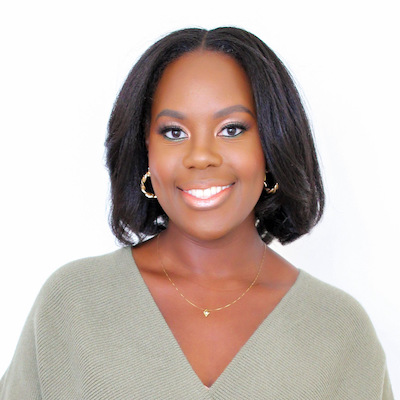
Julia Munslow

Cindy Royal

Jessica Clark

Catalina Albeanu

Joanne McNeil

Matt Karolian
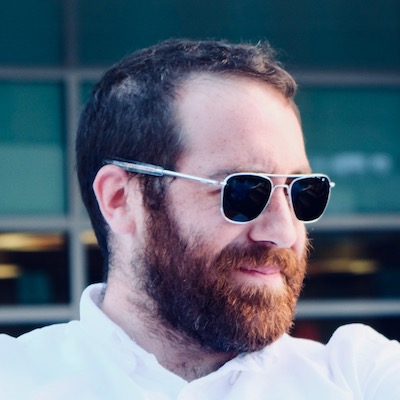
Mary Walter-Brown

Nik Usher

Victor Pickard
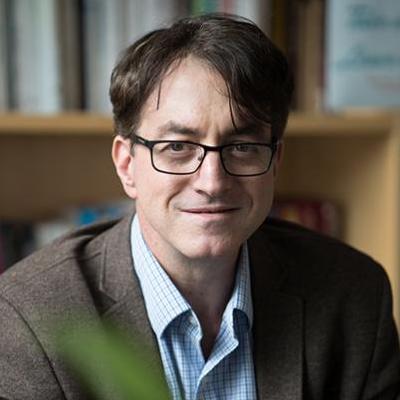
John Davidow

Shalabh Upadhyay

Joe Amditis

Mike Rispoli
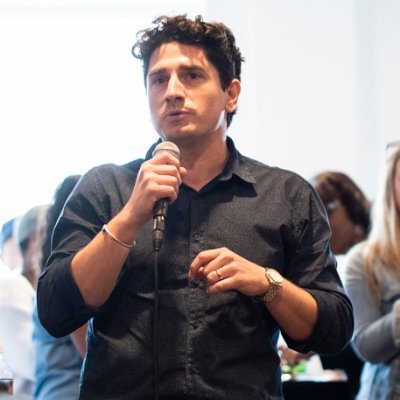
James Salanga

Anthony Nadler

Doris Truong
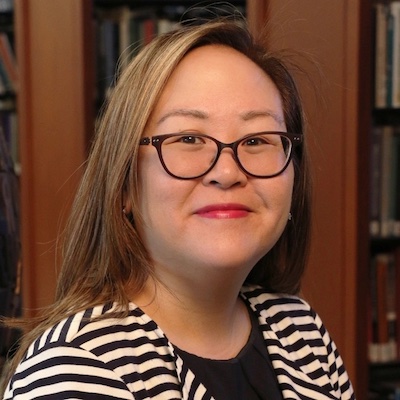
Joshua P. Darr

Sam Guzik

Amara Aguilar

Shannon McGregor Carolyn Schmitt

Millie Tran

Alice Antheaume
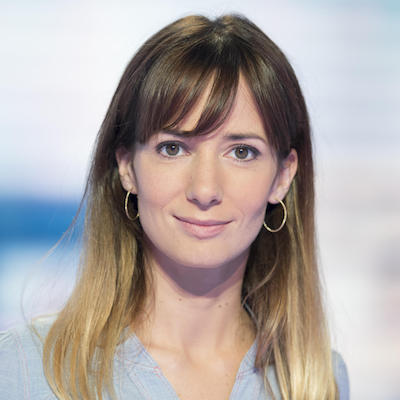
Stefanie Murray

Matt DeRienzo

A.J. Bauer
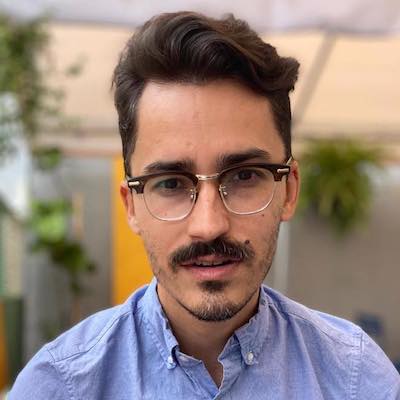
Andrew Freedman

Tom Trewinnard

Tamar Charney

Parker Molloy

AX Mina

Larry Ryckman

S. Mitra Kalita

Gabe Schneider

Kristen Jeffers
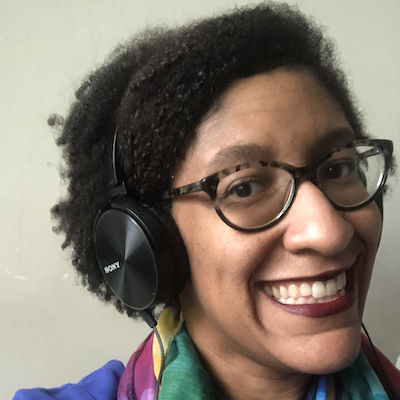
Izabella Kaminska
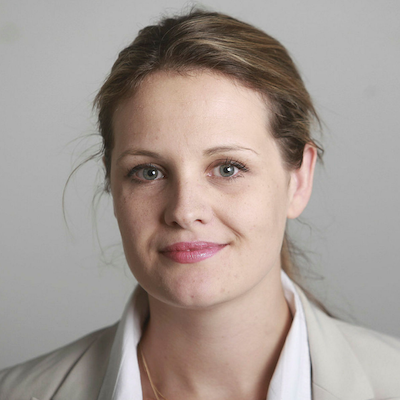
Jennifer Brandel

Jim Friedlich

David Cohn

Michael W. Wagner

Melody Kramer

Simon Allison

Sarah Marshall

Megan McCarthy

Chase Davis

Errin Haines

Robert Hernandez

Rachel Glickhouse

Julia Angwin

Joy Mayer

Moreno Cruz Osório

Paul Cheung

Kathleen Searles Rebekah Trumble

Jonas Kaiser

Jesse Holcomb
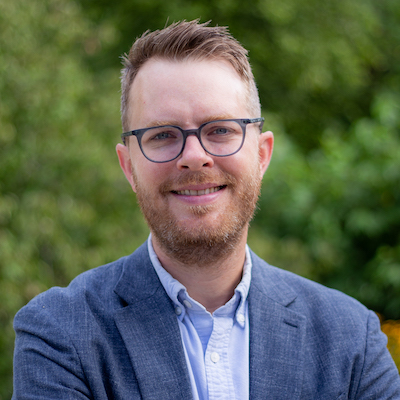
Cristina Tardáguila
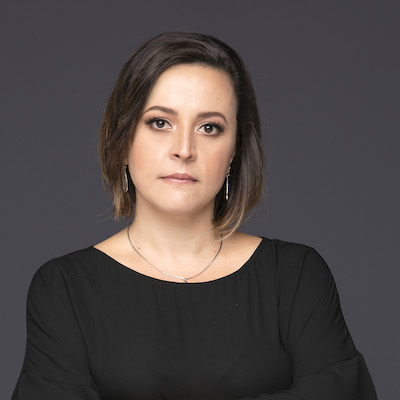
Francesco Zaffarano
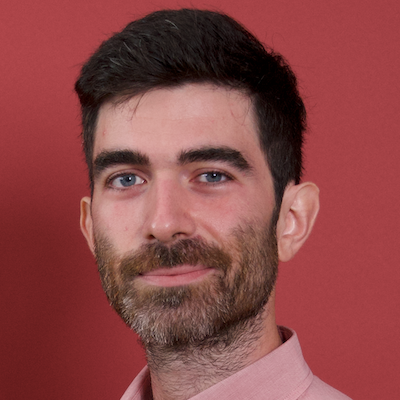
Christoph Mergerson
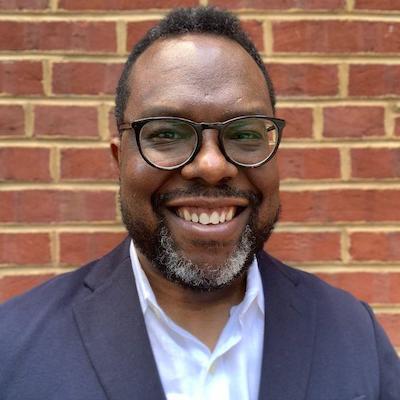
Kerri Hoffman
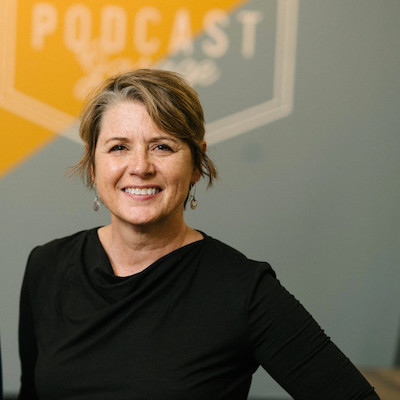
Ariel Zirulnick

Mandy Jenkins

David Skok
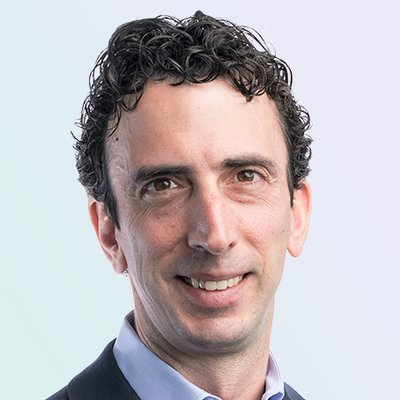
Mario García
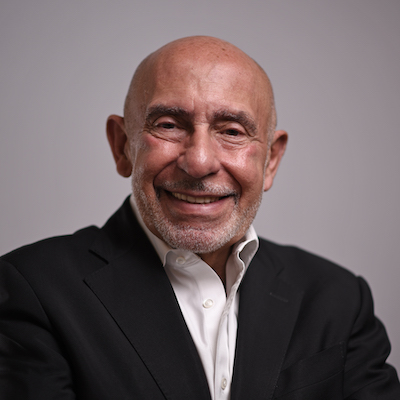
Joni Deutsch

Chicas Poderosas

Sarah Stonbely

Laxmi Parthasarathy

Rasmus Kleis Nielsen

j. Siguru Wahutu
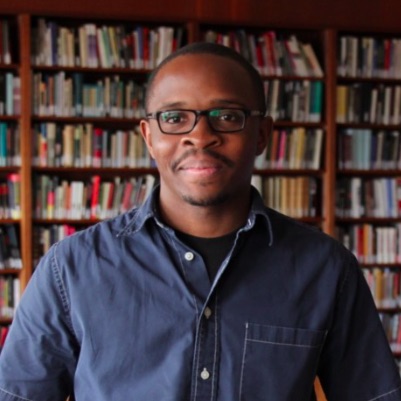
Simon Galperin

Amy Schmitz Weiss

Juleyka Lantigua

Zizi Papacharissi
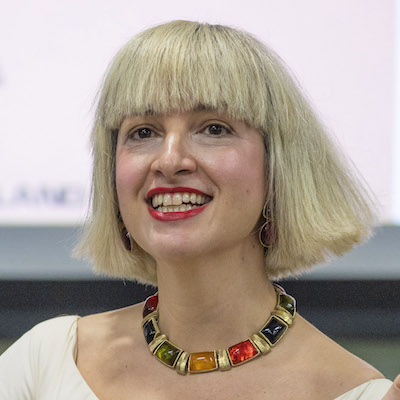
Daniel Eilemberg

Christina Shih

Meena Thiruvengadam
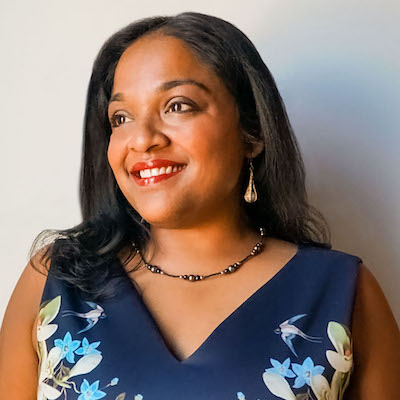
Tony Baranowski

Jesenia De Moya Correa

James Green

Cherian George
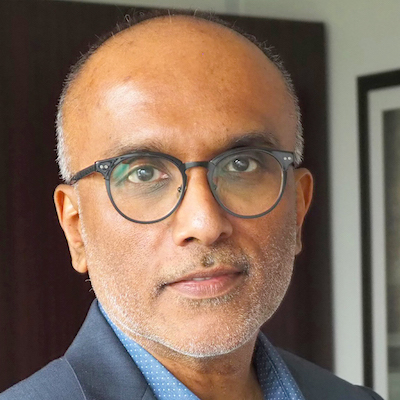
Kristen Muller

Jennifer Coogan

Ståle Grut

Natalia Viana

Jody Brannon

Wilson Liévano
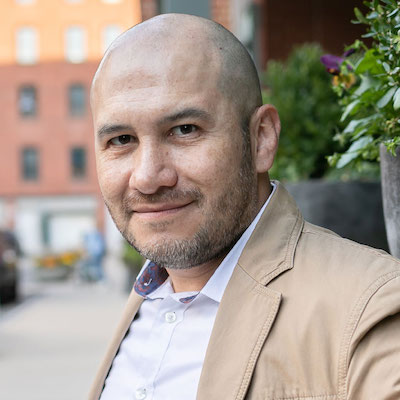
Raney Aronson-Rath

Burt Herman
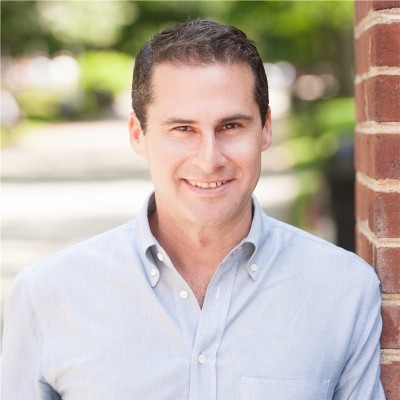
Richard Tofel

Whitney Phillips

Stephen Fowler

Anika Anand

Gonzalo del Peon

Eric Nuzum

Matthew Pressman

Don Day

Anita Varma

Gordon Crovitz
